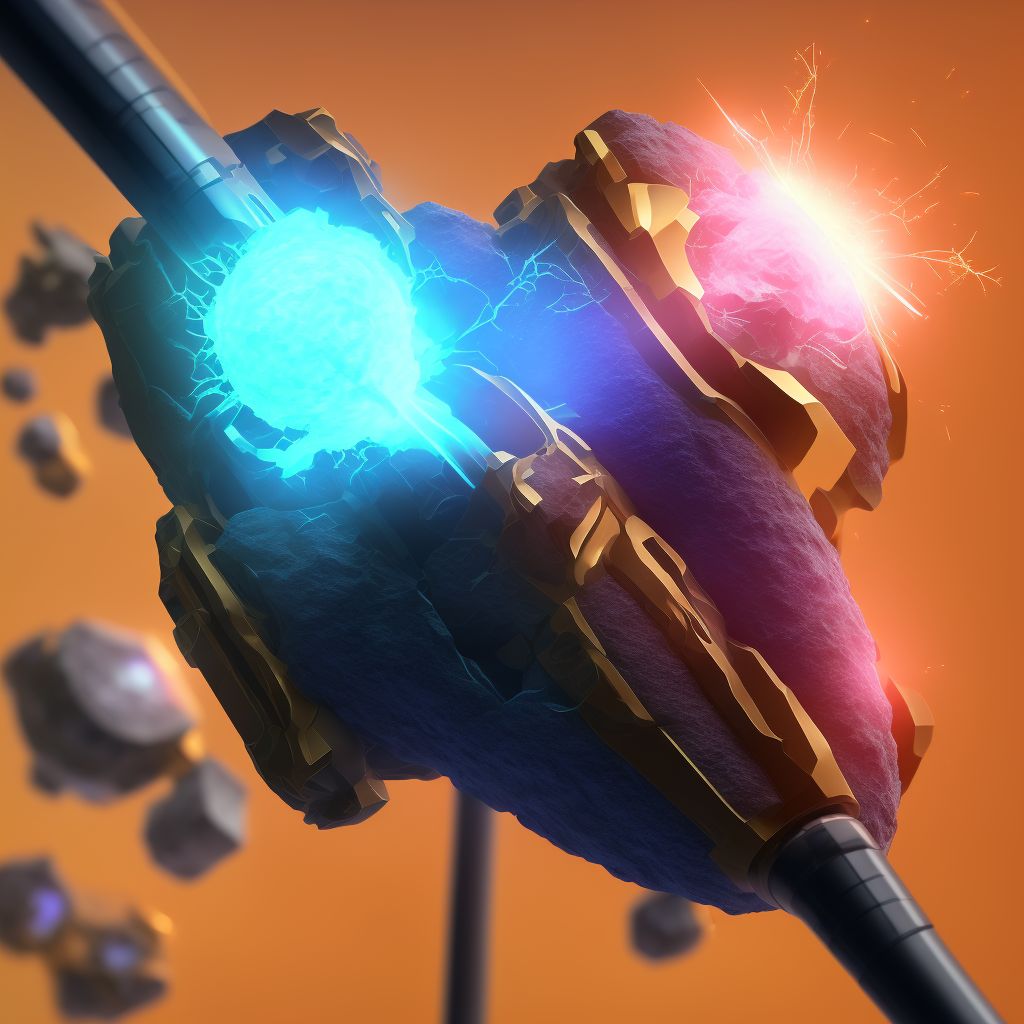
Nondisplaced transverse fracture of shaft of right tibia, subsequent encounter for open fracture type IIIA, IIIB, or IIIC with delayed healing Save
ICD-10 code: S82.224J
Disease category: S82.224: Nondisplaced transverse fracture of shaft of right tibia
Nondisplaced Transverse Fracture of the Shaft of Right Tibia: Understanding Delayed Healing
When it comes to bone fractures, one common type is the nondisplaced transverse fracture of the shaft of the right tibia. This specific fracture occurs when the tibia bone breaks horizontally without any significant displacement. While this injury may seem straightforward, complications can arise, leading to delayed healing.
Delayed healing refers to a situation where the fracture takes longer than the expected time to heal. Several factors can contribute to delayed healing, including the severity of the fracture. In the case of open fractures classified as type IIIA, IIIB, or IIIC, the risk of delayed healing is higher.
Open fractures occur when the broken bone penetrates through the skin, creating an open wound. The classification of type IIIA, IIIB, or IIIC depends on the severity of soft tissue damage associated with the fracture. These types of open fractures are considered more severe and often require surgical intervention.
Delayed healing can be influenced by various factors, such as the age of the patient, overall health, and the presence of infection. Additionally, the extent of the soft tissue injury and the initial management of the fracture can play a role in determining the healing time.
Understanding the reasons behind delayed healing is crucial for healthcare professionals to provide appropriate care. By identifying contributing factors, medical teams can create individualized treatment plans to optimize healing and minimize complications.
- Thorough assessment: Accurate evaluation of the fracture, soft tissue damage, and associated injuries is essential for effective management.
- Infection control: Preventing infection is crucial in promoting faster healing. Proper wound care, antibiotic therapy, and monitoring for signs of infection are vital.
- Stabilization: Immobilizing the fracture site with casts, braces, or external fixators helps maintain alignment, allowing for optimal healing.
- Nutrition: A well-balanced diet rich in essential nutrients, particularly calcium and vitamin D, supports bone healing and overall recovery.
In conclusion, a nondisplaced transverse fracture of the shaft of the right tibia, subsequent encounter for open fracture type IIIA, IIIB, or IIIC with delayed healing requires careful management. By considering the contributing factors and implementing appropriate treatment strategies, healthcare professionals can improve outcomes for patients with this type of fracture.
Treatment of Nondisplaced transverse fracture of shaft of right tibia, subsequent encounter for open fracture type IIIA, IIIB, or IIIC with delayed healing:
Treatment Options for Nondisplaced Transverse Fracture of Shaft of Right Tibia
Experiencing a nondisplaced transverse fracture of the shaft of the right tibia can be a challenging situation. However, with the right treatment options, it is possible to achieve successful healing and regain mobility. In cases where delayed healing occurs, treatment plans may need to be adjusted accor...
To see full information about treatment please Sign up or Log in